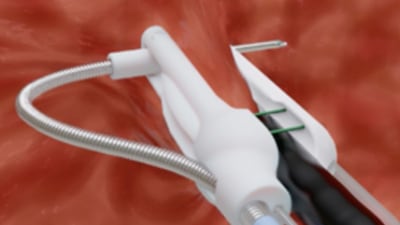Treatment of symptomatic benign prostate hyperplasia (BPH) has changed in recent years, with companies introducing innovative, minimally invasive device options that are increasingly seen as viable alternatives to risky surgical interventions.
BPH is a common urological condition that is characterized by the non-cancerous proliferation of prostate gland cells. It affects about...
Welcome to Medtech Insight
Create an account to read this article
Already a subscriber?







